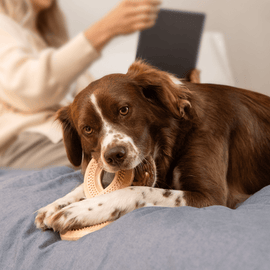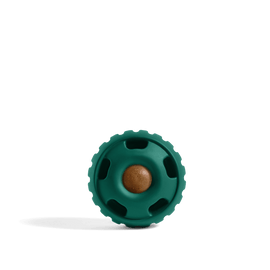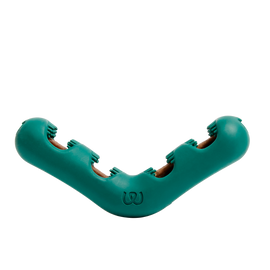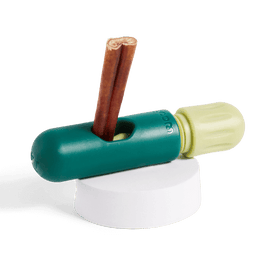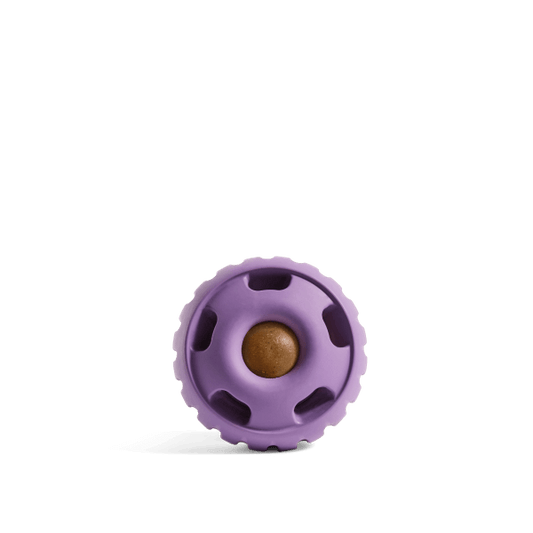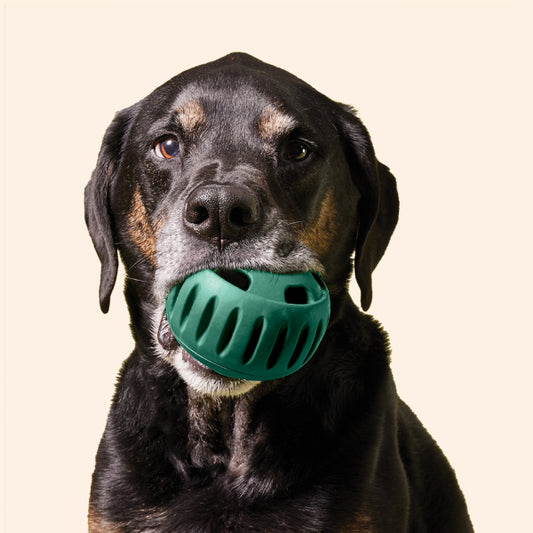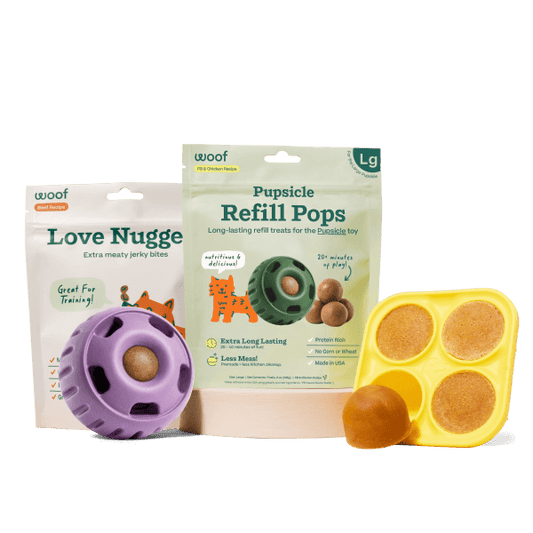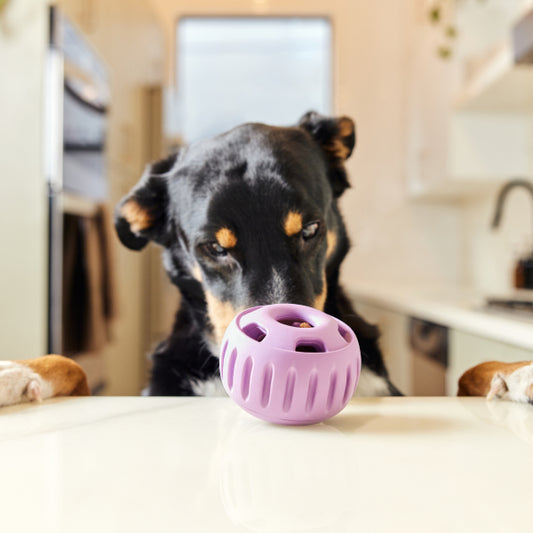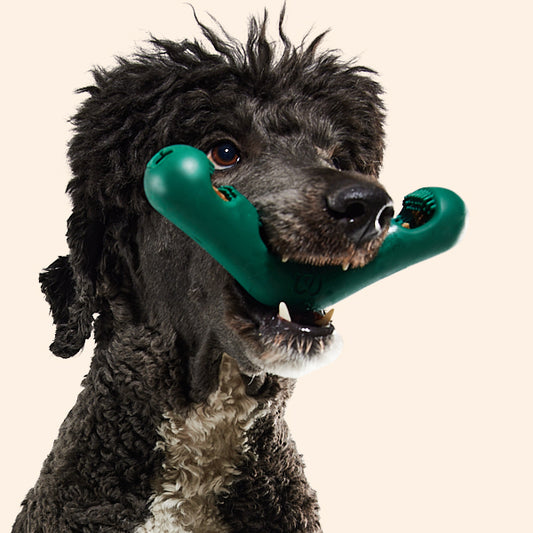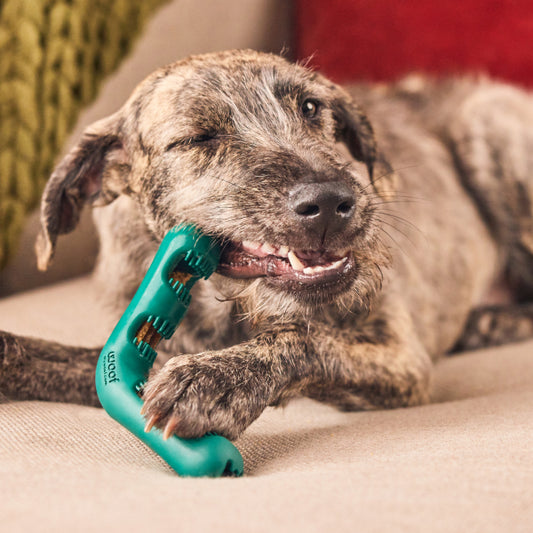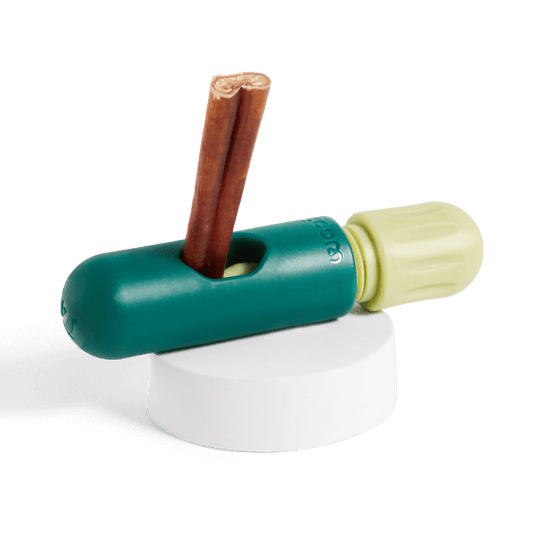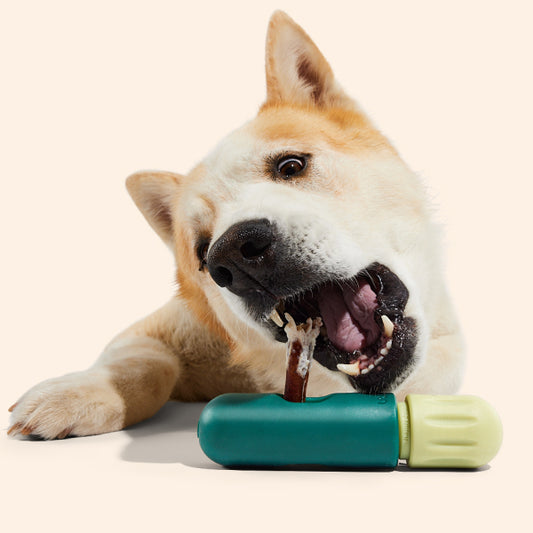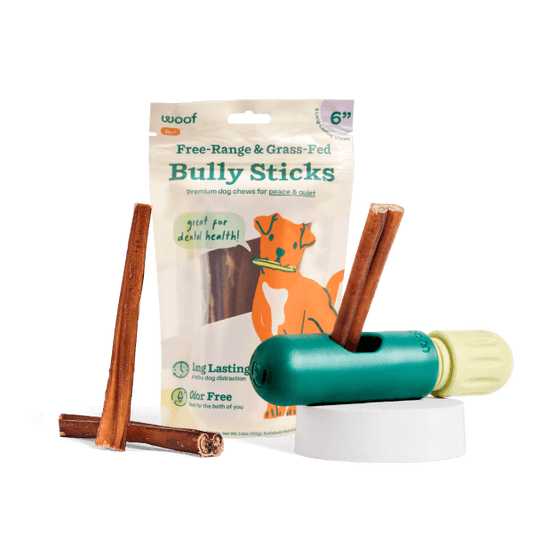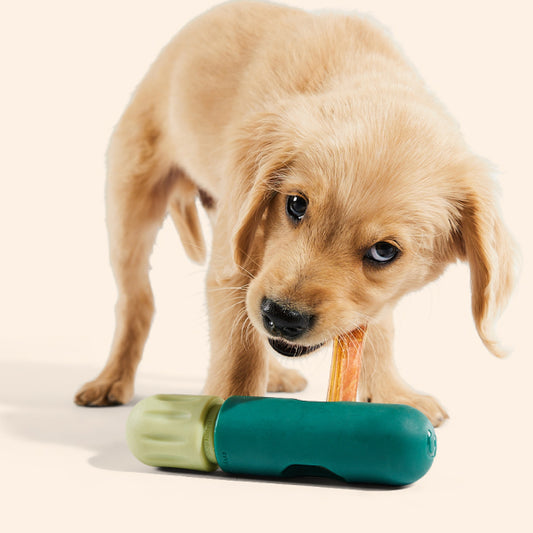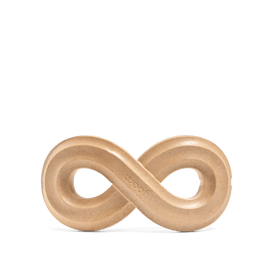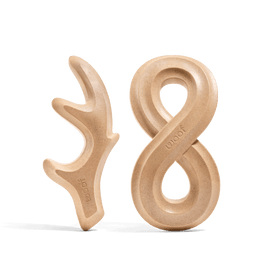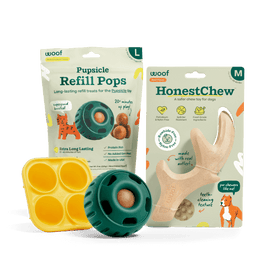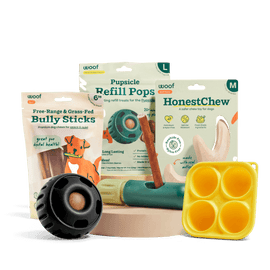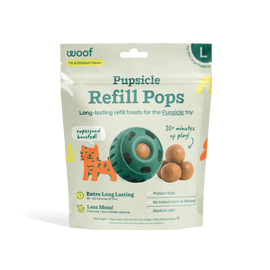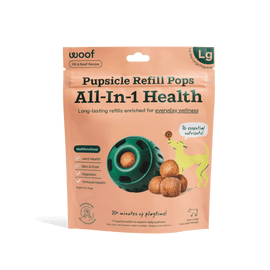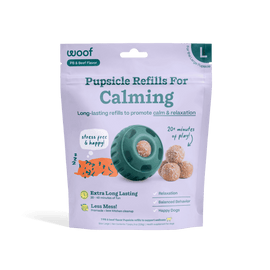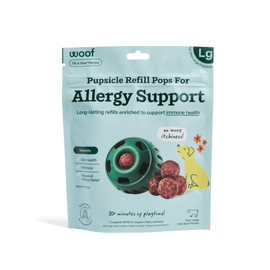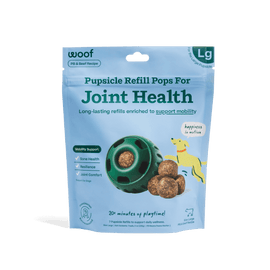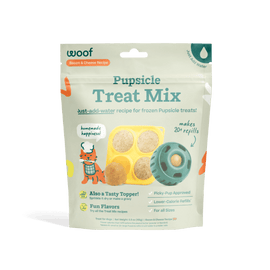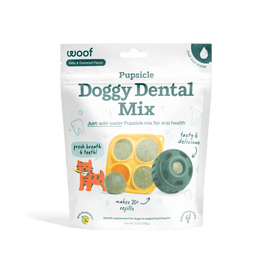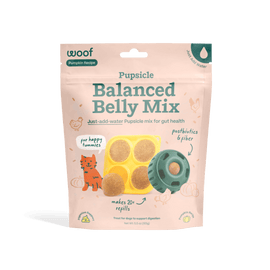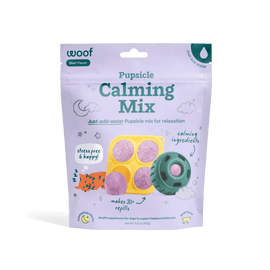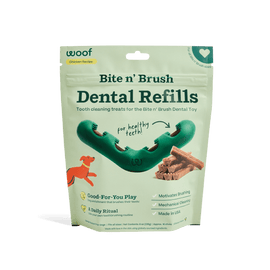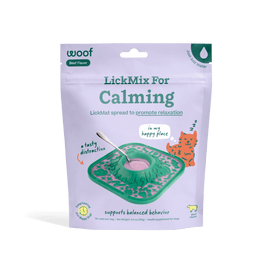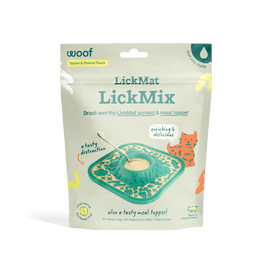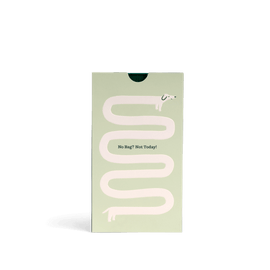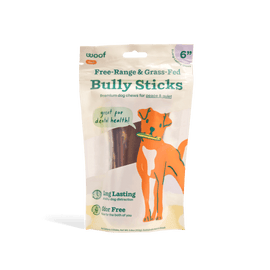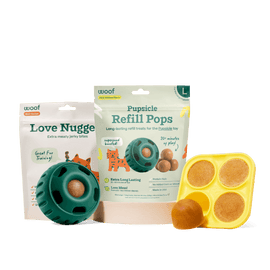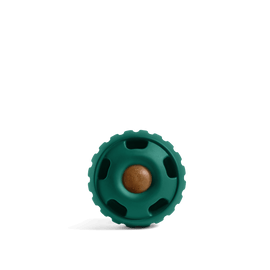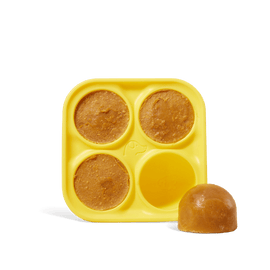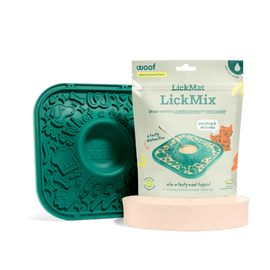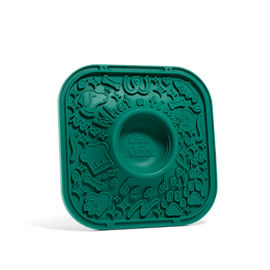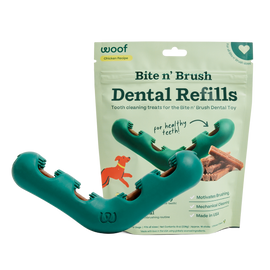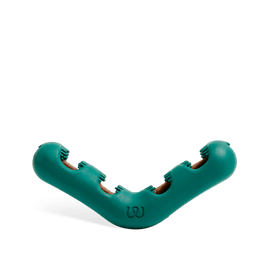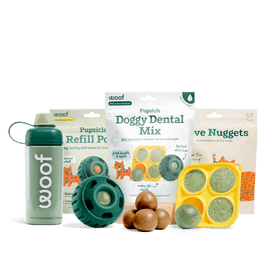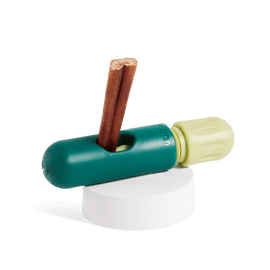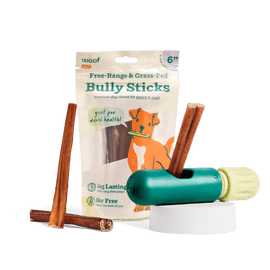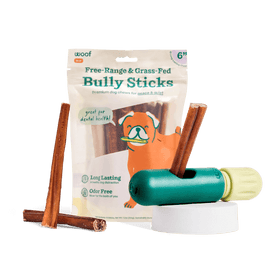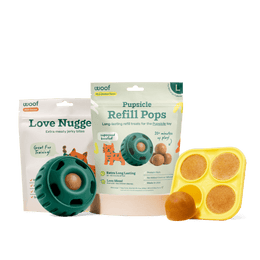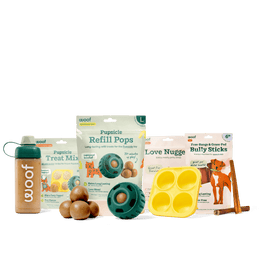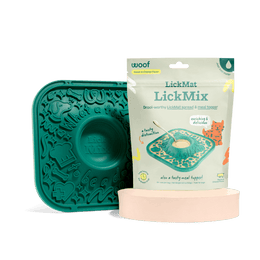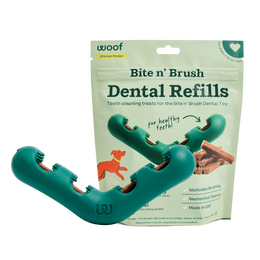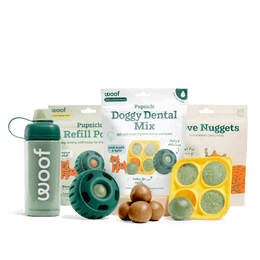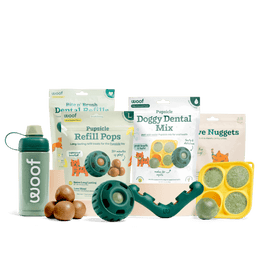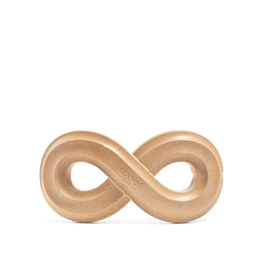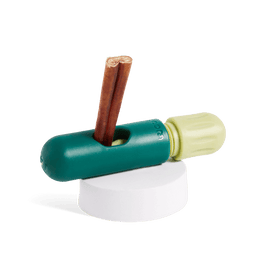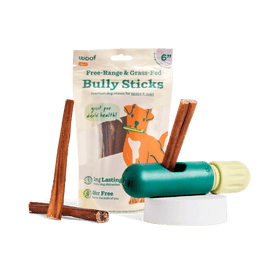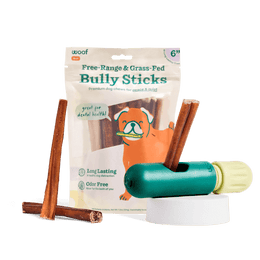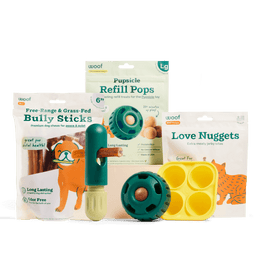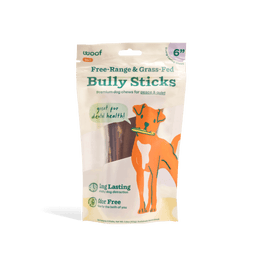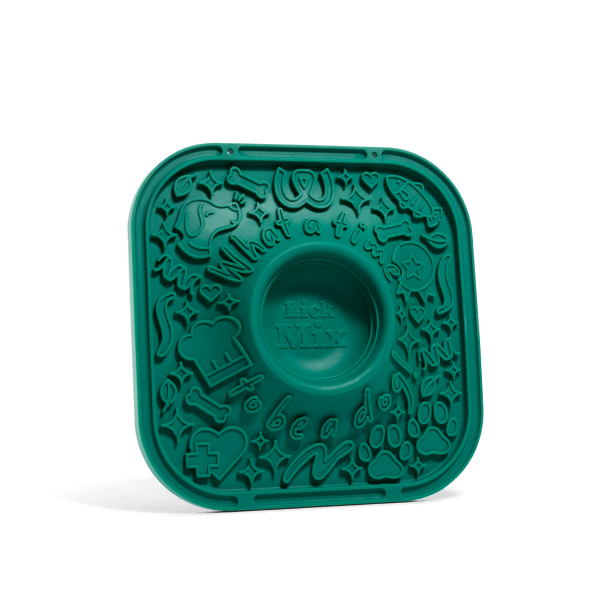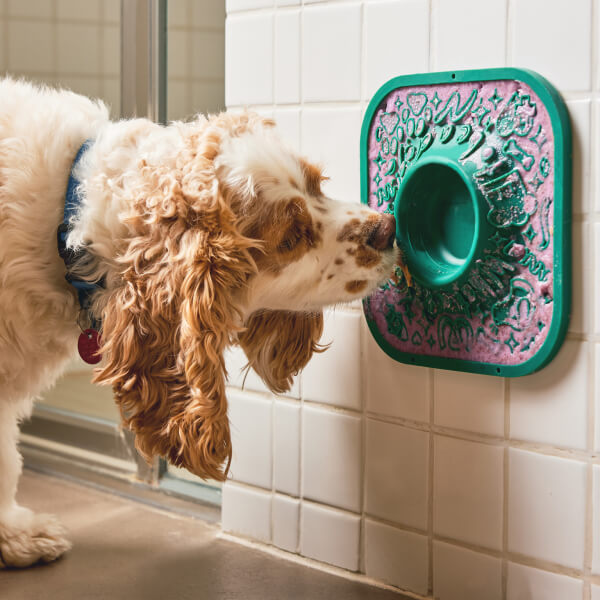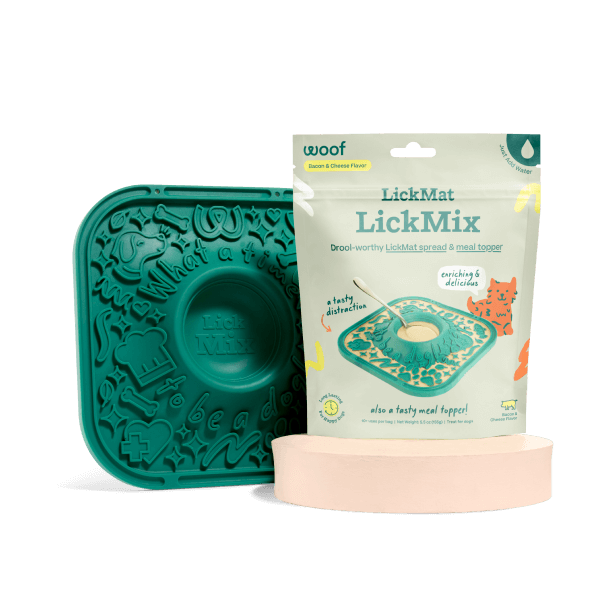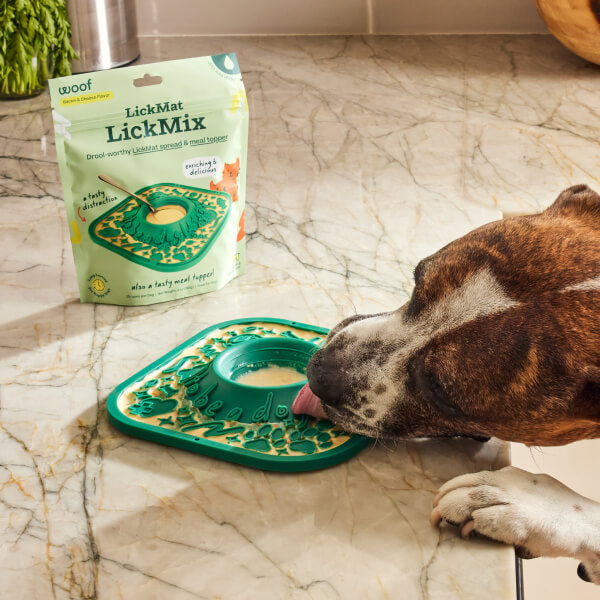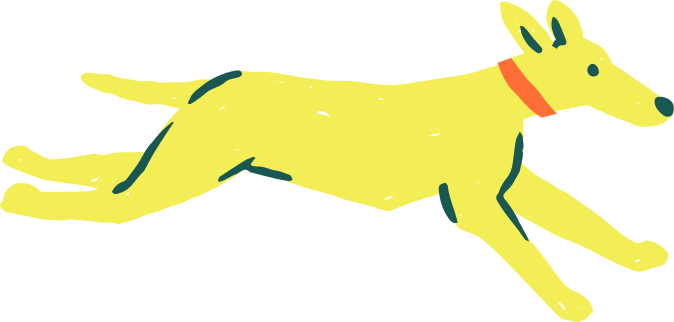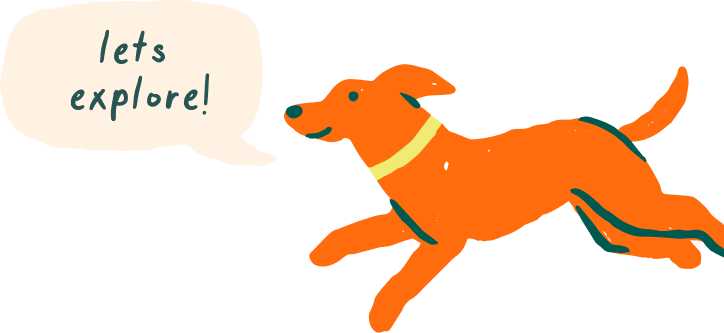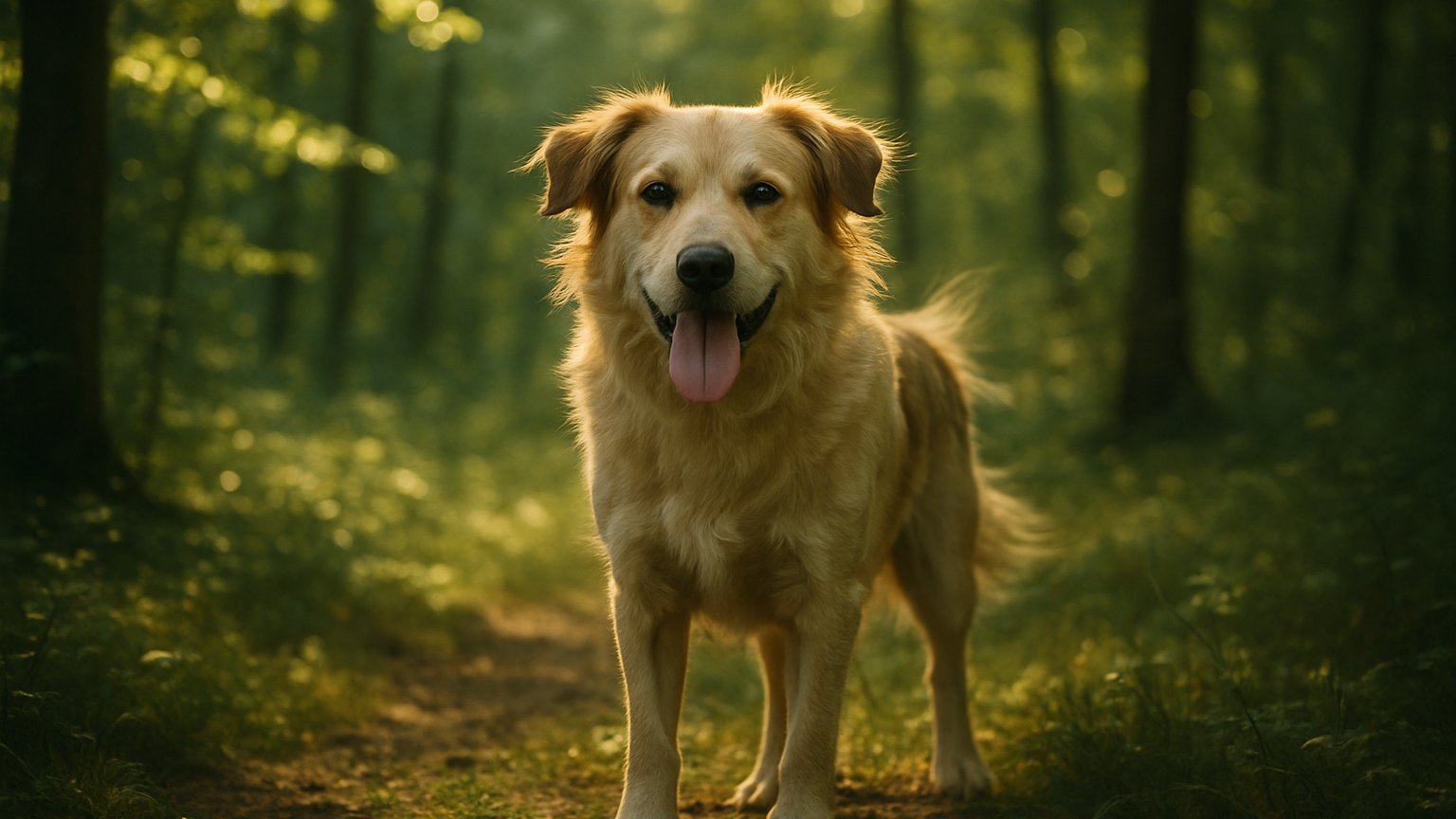
Do you ever glance over and see your pup panting—tongue lolling, chest heaving—and wonder “why do dogs pant?” It’s a question every dog owner asks at one time or another. Panting is one of those behaviors that seems simple on the surface, but it actually carries a lot of meaning beneath that open-mouth grin.
In this post, we’ll walk you through exactly why panting happens (hint: it’s not just because your dog’s “out of breath”), how to tell if it’s normal or concerning, and what you can do to help your dog feel more comfortable. Let’s get into it!
Why Do Dogs Pant? The Basics of Canine Cooling
Dogs don’t sweat the way humans do. Instead, one of their main cooling strategies is panting. When a dog pants, they rapidly inhale and exhale air across moist surfaces in their mouth, tongue, and upper airways. The moisture evaporates, helping to pull heat out of the body and cool internal tissues. This is why panting increases on hot days or after exertion. It’s a built-in fan system. (Based on standard veterinary understanding.)
So, normal panting happens when your dog is hot, active, or excited. You’ll typically see more panting during summer walks, after fetch sessions, or when your dog jumps out of the car in the sun.
Other Normal Reasons for Panting: Excitement, Stress & Emotion
Panting doesn’t always equal overheating. Dogs also pant as a response to emotional or environmental triggers. For instance:
- Excitement: That zoomies burst? Greeting a first-time guest? Expect light panting as your pup’s heart races.
- Stress or anxiety: Thunderstorms, fireworks, vet visits, car rides—any stressful situation can prompt panting. Watch for body language cues like pacing, tucked tail, or yawning.
- Recovery after play: Even moderate activity will kick the panting up a notch while your dog recovers.
When Should Panting Raise a Red Flag?
Most panting is harmless, but there are times when panting signals something more serious. Here’s what to watch out for:
1. Heatstroke or overheating
If the panting is intense, rapid, and persistent—even after your dog moves into shade or a cooler place—it might be overheating or heatstroke. Additional signs: drooling, bright red gums or tongue, weakness, disorientation, vomiting. This is a medical emergency and requires immediate action. (See vet and cool your dog carefully.)
2. Pain or injury
Sometimes dogs pant when they’re in pain, even if the injury isn’t obvious. If panting comes on suddenly or alongside limping, whining, or sensitivity to touch, take notice.
3. Underlying health conditions
Medical issues like heart disease, lung disease, hormonal imbalances (e.g. Cushing’s), or respiratory disorders may cause labored breathing and excessive panting, even at rest. Brachycephalic breeds (short-nosed dogs) are particularly vulnerable. (Sources: general veterinary listings of canine panting causes.)
4. Medication side effects
Some medications (especially certain steroids) may stimulate panting as a side effect. If panting begins after starting a new prescription, talk to your vet.
5. Obesity or poor fitness
Extra body weight increases the effort required for breathing and heat dissipation. Dogs who are overweight may pant more readily, even during mild activity or warm weather.
What You Can Do: Practical Tips to Help Your Panting Pup
If your dog is panting and you’re not sure why, here are steps to support them at home while assessing whether veterinary care is needed:
- Move your dog to a cool, ventilated space (shade, indoors, near a fan or AC).
- Offer cool (not icy) water—but don’t force rapid drinking.
- Apply damp, cool (not freezing) cloths to paws, belly, ears or neck.
- Use cooling mats, shade structures, or limit outdoor time during peak heat hours.
- Avoid exercising during midday heat; choose early morning or evening walks.
- Keep your dog’s weight at a healthy level and ensure fitness to reduce stress on respiratory and cardiovascular systems.
- Monitor panting—if it doesn’t settle after 10–15 minutes in calm conditions, or if other signs arise, call your vet.
How Woof Products Can Help Your Dog Stay Comfortable
At Woof, we’re all about supporting your pup’s happiness and health—even during hot or stressful moments. Here are a few products that pair beautifully with good panting care:
- The LickMat (and LickMat Starter Pack, LickMat Alpha Pack): These let your dog lick calmly and slowly, which can help regulate stress and slow breathing in anxious moments.
- Safer Play Starter Pack or Ultimate Power Chewer Pack: Durable chew options help redirect nervous energy into safe chewing instead of constant panting from agitation.
- HonestChew and HonestChew Duo: Chews with plant-based materials that don’t add heat burden and provide long-lasting distraction during warm or anxious times.
While these products don’t replace veterinary care, they can be comforting tools in your toolkit when your dog is dealing with heat or stress.
When in Doubt, Reach Out to a Vet
You know your dog best. If the panting seems off—intense, long-lasting, or paired with worrying signs like lethargy, pale gums, collapse, or labored breathing—it’s time to see a veterinarian. Don’t wait for symptoms to worsen. Quick action can mean the difference between a mild scare and a serious health event.
So next time you ask yourself, Why Do Dogs Pant?—you’ll know better what to look for, when to relax, and when to act. Here’s to happier, cooler, and more comfortable days ahead for your best buddy.
